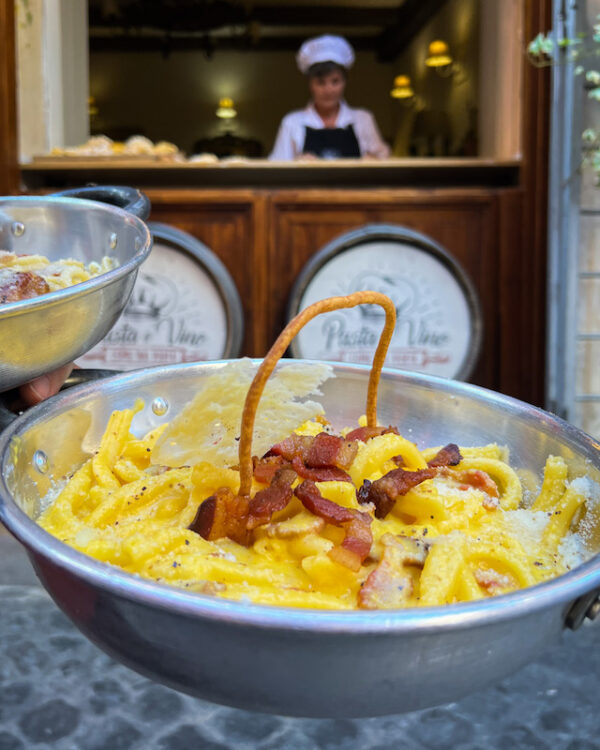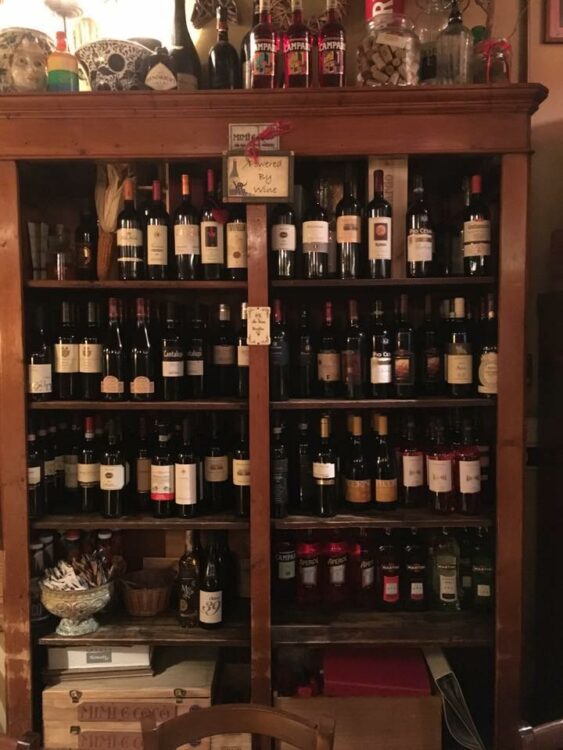Modern day life in Europe is lived amidst architectural gems and historic monuments. Thankfully for visitors, these attractions are often confined to the Old Town districts of Europe’s major cities, making sightseeing easier (as long as you’re comfortable walking across cobblestones). Here are a few of our favorite Old Towns of Europe.
Amsterdam, the Netherlands
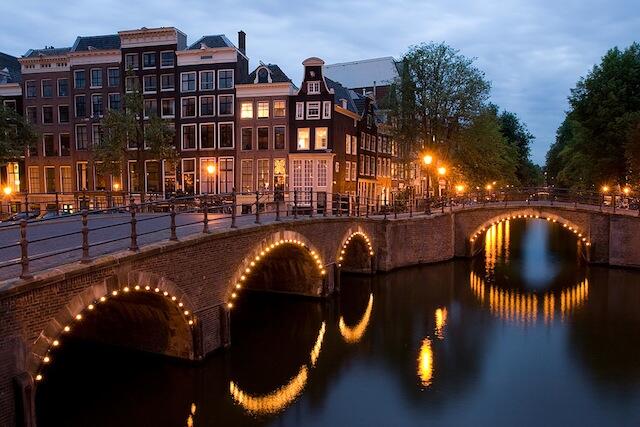
The streets of Old Town Amsterdam are filled with popular sights. The Nine Little Streets (De 9 Straatjes) along the canals are known for shopping and cafes, and Nieuwmarkt is slowly changing from an open-air market to a bustling Chinatown. You’ll find a mix of history and modern influences, with Amsterdam’s oldest church, the 13th-century Oude Kerk, rubbing shoulders with the infamous Red Light District.
Bruges, Belgium
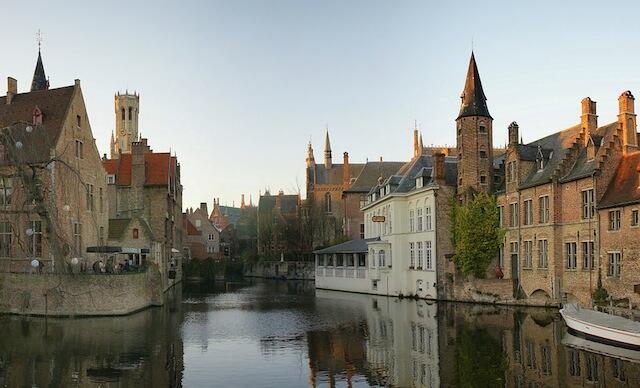
Cobblestone streets and Gothic architecture define this well-preserved UNESCO World Heritage Site. The Markt, in the heart of Old Town, is a great place to taste some delicious Belgian chocolate. Travelers with an interest in religion should visit the Basilica of the Holy Blood, which claims to hold the blood of Jesus Christ, while outdoorsy types may prefer a tour of the city’s canals or the view from the medieval bell tower.
Edinburgh, Scotland (United Kingdom)
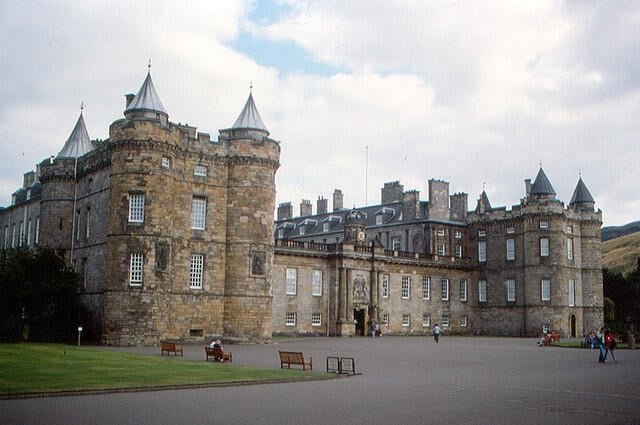
For an Old Town overview of this Scottish capital, start at Edinburgh Castle to survey the city atop a dormant volcanic rock. Then travel down the “Royal Mile”, past the Scottish Parliament to the current Queen’s home at the Palace of Hollyroodhouse. Along the way, stop for a break at Grassmarket, a great neighborhood for eating, drinking and shopping. In August, the streets fill with performers hoping to entertain audiences at Edinburgh’s famous Fringe Festival.
Krakow, Poland
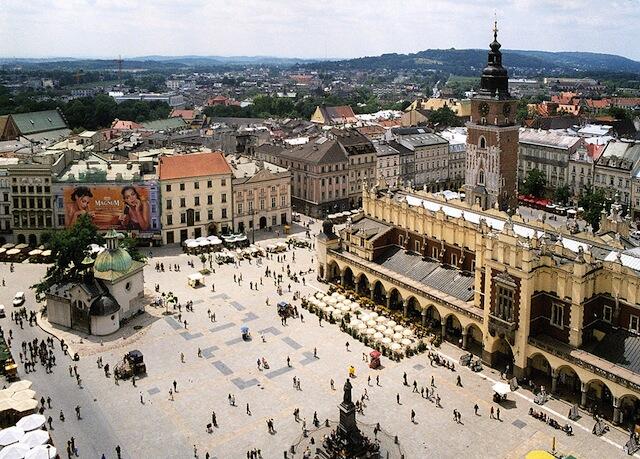
Following “Royal Routes” is an ideal way to see many medieval cities. The coronation of Krakow’s kings ran from the Florianska Gate, where the fortress walls began, through Rynek, the largest city square in Europe, and up to the royal Wawel Castle. These days, the defensive structures have been adapted to tourist-friendly routes, such as the moat-turned-city park called Planty. But never fear, this Old Town maintains its UNESCO World Heritage-approved historic atmosphere.
Lucerne, Switzerland
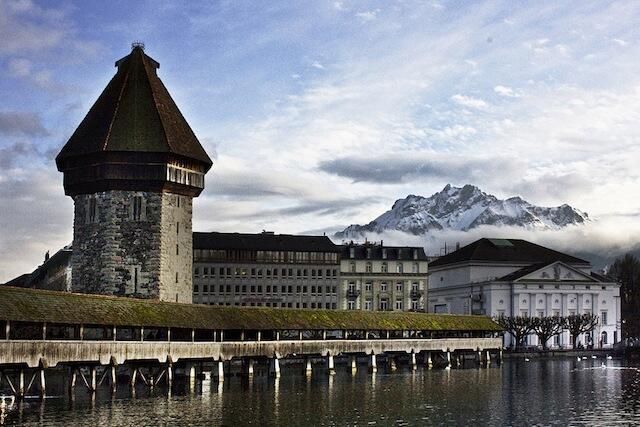
This peaceful lakeside town is filled with photo ops, from the Chapel Bridge and 14th-century water tower to the statue of the Dying Lion of Lucerne, which Mark Twain famously described as “the saddest and most moving piece of rock in the world.” The city clock in Zyt Tower has the honor of announcing the hour one minute before all other clocks in town. Finally, compare the Old Town Squares of Weinmarkt, Hischenplatz and Kornmarkt to choose your favorite.
Marseilles, France
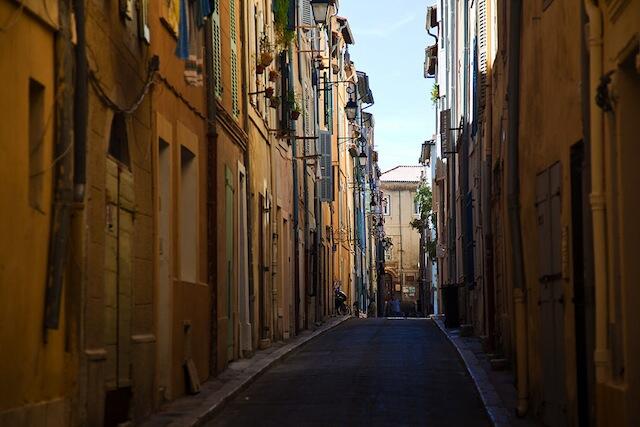
The Old Port (Vieux Port) of France’s second-largest city dates back to around 600 BC when the Old Town (Le Panier) was a just working class neighborhood. These days, the tall residential buildings and narrow streets are dotted with galleries and shops. Visit the Musee d’Histoire de Marseilles to get an up-close look at the city’s beginnings, including the Jardin des Vestiges archeological site showing the city’s Mediterranean roots.
Prague, Czech Republic
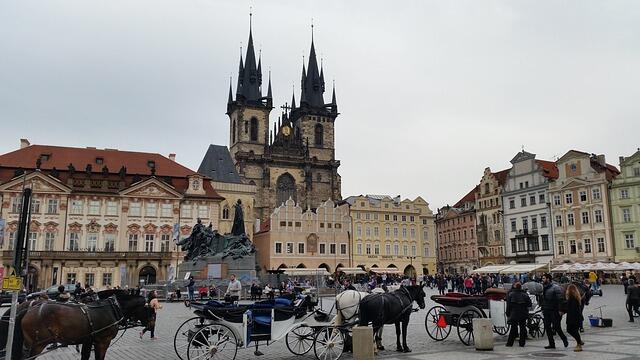
Old Town Prague monuments are built-to-last attractions, many of which remain in use today. The oldest working Astronomical Clock in the world keeps time across Old Town Square from the 14th-century Church of Our Lady Before Tyn. The Old-New Synagogue in Prague’s Jewish Quarter is the oldest functioning synagogue in Europe, and thousands of tourists continue to cross Charles Bridge before climbing the hill to the Prague Castle.
Rome, Italy
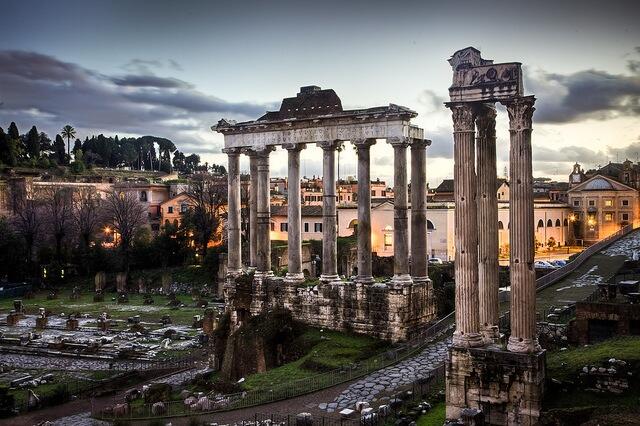
Rome’s historic city center boasts artistic architecture and world-renowned monuments, from the Forums of Julius Caesar to the Sistine Chapel in the Basilica of Santa Maria Maggiore. Roman gods and goddesses line the walls of the Pantheon bathed in the natural sunlight designed by its architects. Palazzos are plentiful, offering food, drink and a lively slice of Italian life. You’ve even got a choice of fountains to fulfill your wishes – the Trevi Fountain or the Fountain of Four Rivers.
Split, Croatia
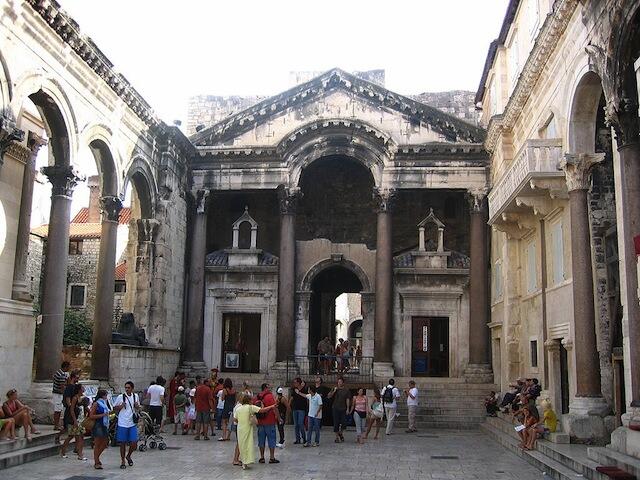
The beauty of Split has been drawing attention for centuries, from Roman aristocrats to location scouts for Game of Thrones. The Cathedral of St. Domnius was originally built as a mausoleum for Emperor Diocletian who planned to retire in the seaside town. Just outside the gates of Diocletian’s Palace, you’ll find a statue of Bishop Gregory of Nin (Grgur Ninski), a 10th century icon who fought for the right to use the Croatian language in church services. Rubbing Gregory’s big toe is said to bring good luck.
Vilnius, Lithuania
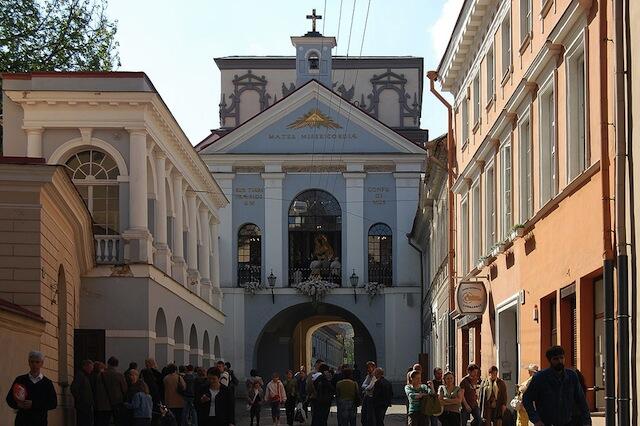
The Baroque, Gothic, Classical and Renaissance architecture of Old Town Vilnius earned the Lithuanian capital a spot on the UNESCO World Heritage list. The pristine white of the Vilnius Cathedral, faded brick red of the Gediminas Castle Tower, and pastel buildings of the city streets paint the city a colorful, yet calming palette. The 16th-century “Gates of Dawn” includes a chapel housing a Renaissance painting of the Virgin Mary.
What are your favorite Old Towns in Europe? Let us know in the comments below!




